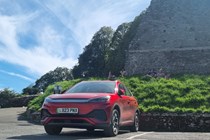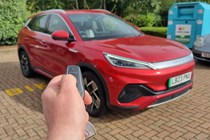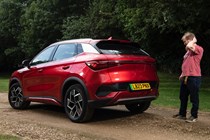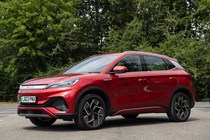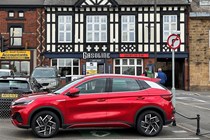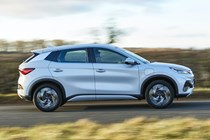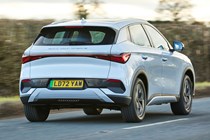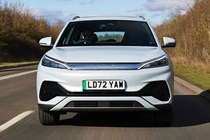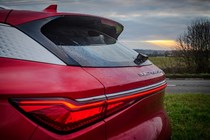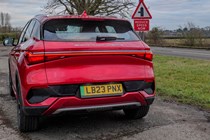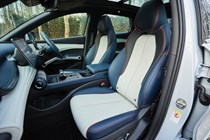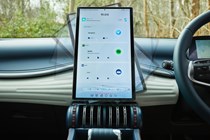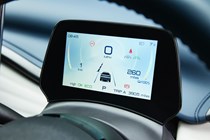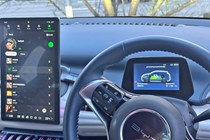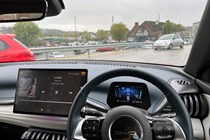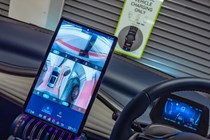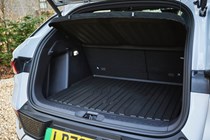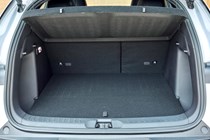
BYD Atto 3 running costs and reliability
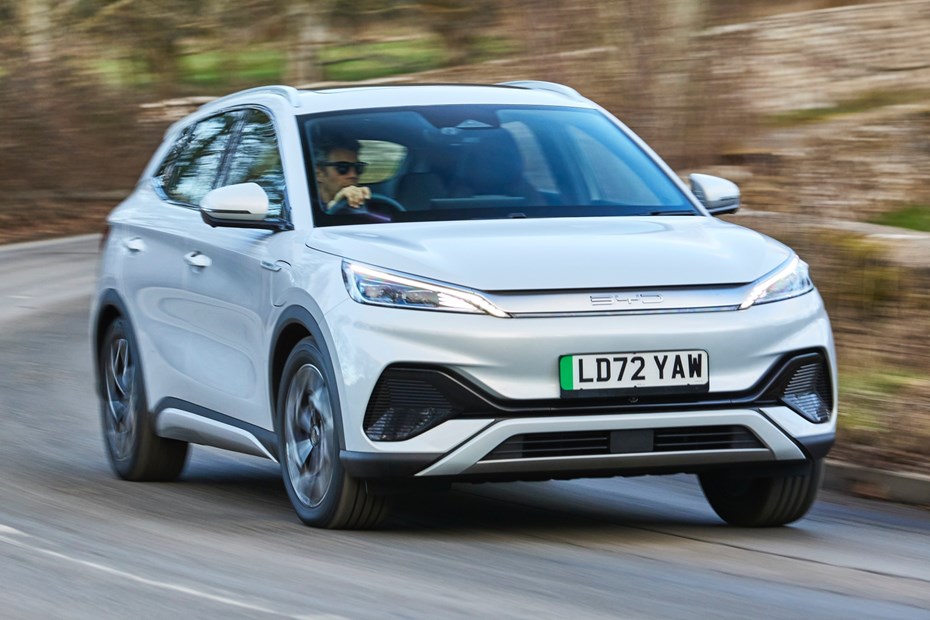
Miles per pound (mpp) ⓘ
| Electric motors, home charging | 11.5 mpp |
|---|---|
| Electric motors, public charging | 6.2 mpp |
Fuel economy ⓘ
| Electric motors | 3.9 miles/kWh |
|---|
- One battery size – 62kWh – which lags best rivals
- Reasonable efficiency results in a claimed 260-mile driving range
- Rapid charging up to 88kW is off the pace
What are the running costs?
Obviously, as all Atto 3 models are fully electric, you don’t have to worry about tailpipe emissions (and if you hook up to a solar charger at home, and it won’t get much cleaner than that) so as long as you’ve got the space and ability to charge at home, and you’re on a decently affordable electricity tariff, then the Atto 3 could be very cheap to run.
In fact, according to Parkers’ own calculations, you can expect the Atto 3 to deliver 6.2 - 11.5 mpp (miles per pound). That’s competitive within its class, and backs up the driving range and efficiency numbers we’ve come up when running this car, as detailed below.
Range and charging
Charge times lag behind the best in the segment. The Atto 3 can accept DC rapid charging speeds of up to 88kW, which allows its battery to take on a 30–80% charge in 29 minutes. That’s reasonable, but the Volkswagen ID.4 and Skoda Enyaq is compatible with up to 125kW DC rapid chargers and can charge from 10–80% in the same half-hour period. Spend a little more and you can have a Tesla Model Y that’ll charge far faster than both, and has full access to the excellent Supercharger network.
In our long-term test, Alan Taylor-Jones noted: ‘Efficiency was good, but did nosedive somewhat at motorway speeds. Even so, around 3.6 miles per kWh is by no means a bad score and still gives a theoretical driving range of 216 miles. A faster rapid charge rate would have also have been welcome, but only a couple of chargers we visited would have supported it.’
An efficient heat pump comes as standard and thermal efficiency is improved by as much as 20% in cold weather to reduce the strain on the battery. All Atto 3s come with a vehicle-to-load facility that allows you to charge other devices using the car’s battery pack.
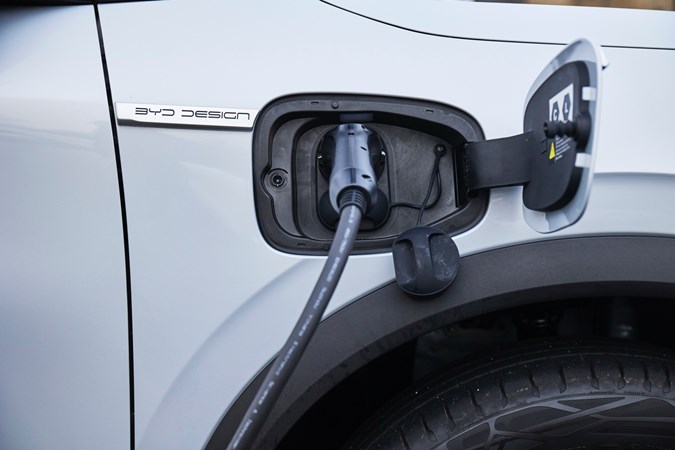
Servicing and maintenance
For a recent arrival in the UK, we were expecting something spectacular here to kickstart BYD, but that’s simply not happened – instead, you get rather middling warranty support. All models come with a four-year/70,000 warranty for the car and eight-year warranties for the battery and motor – left behind by MG, Kia, Toyota and SsangYong’s EV offerings.
If something fails within the warranty period, and the replacement part’s warranty is shorter than the remaining basic coverage period, the warranty period of the part shall be extended until the remaining warranty period.
The dealer network is currently small, but BYD has partnered a number of groups, and promises to grow the number of showrooms rapidly.
Ongoing running costs
| Road tax | £195 |
|---|---|
| Insurance group | 38 |
Get an insurance quote with

|
|



